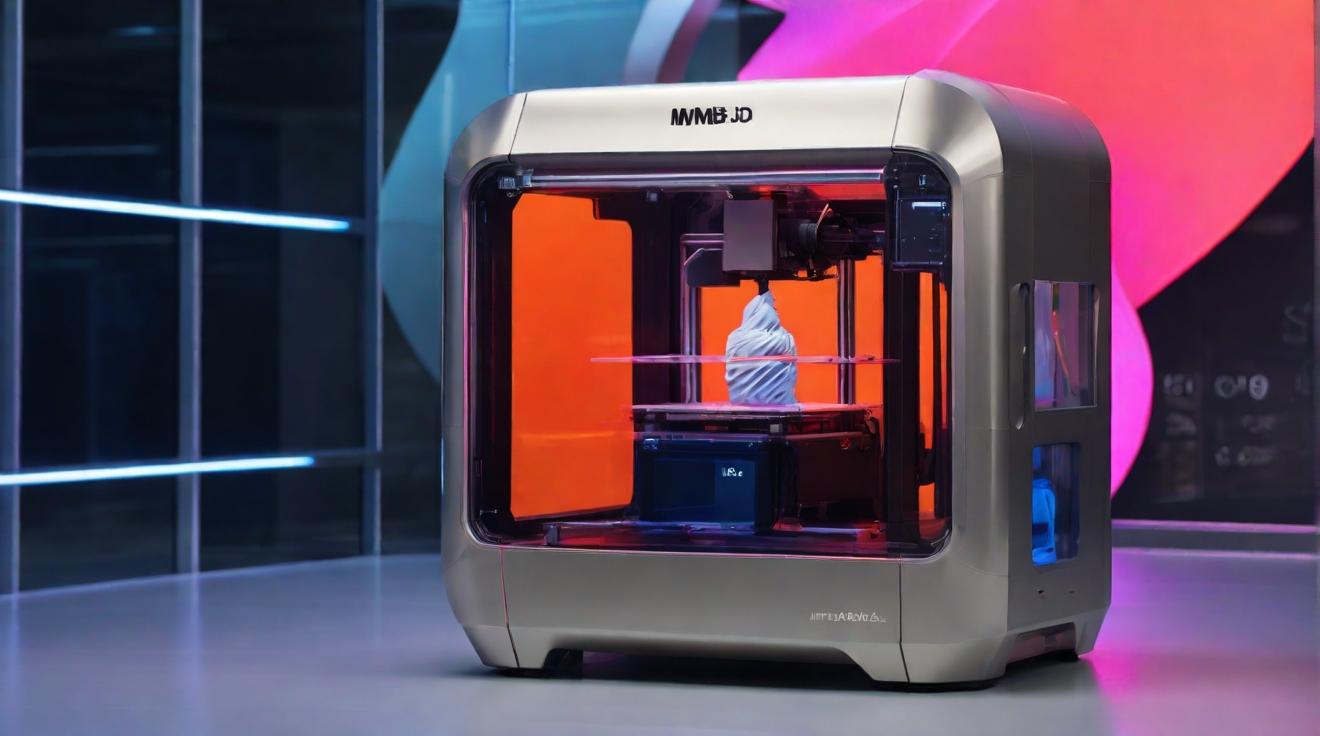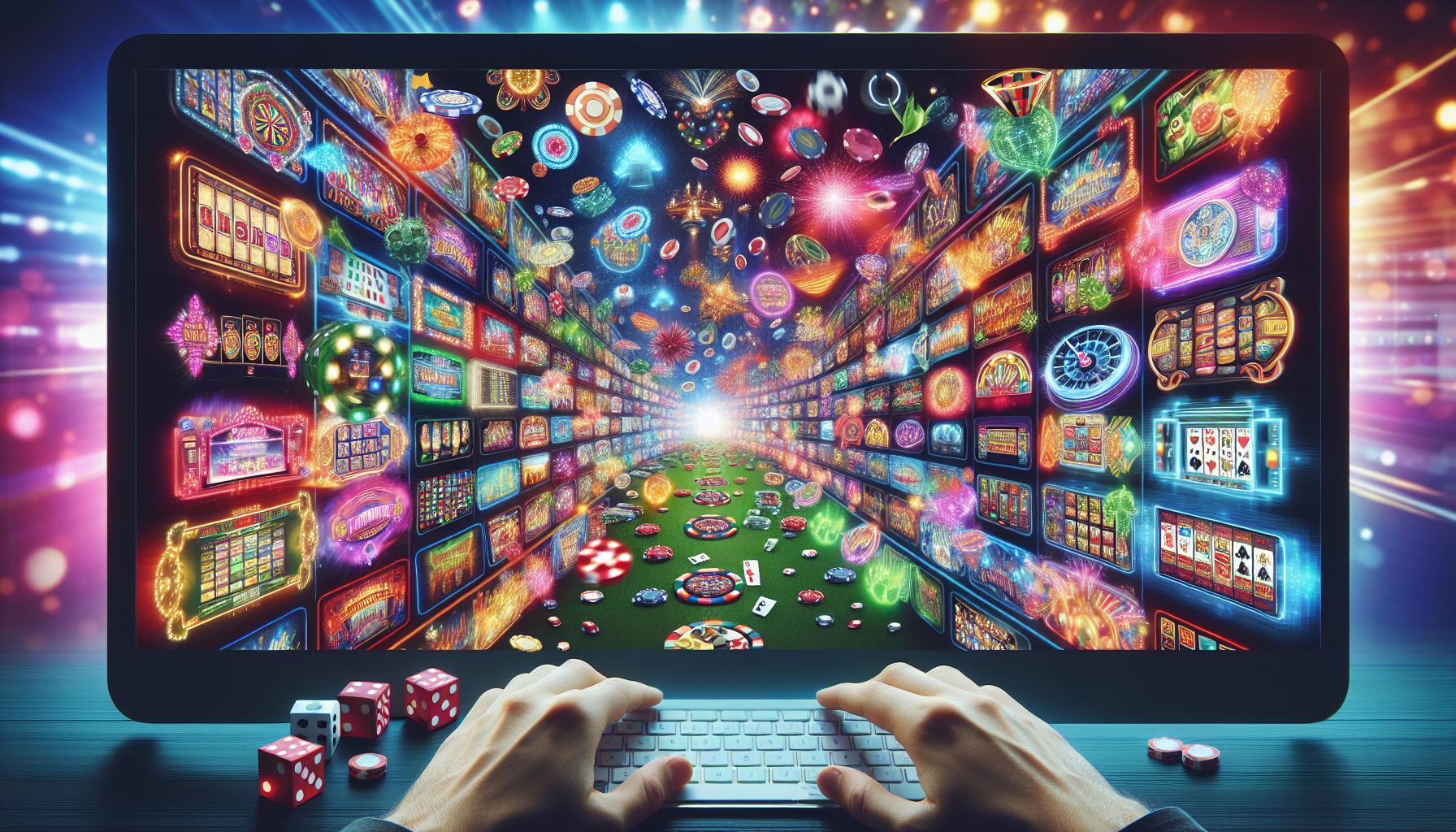The Evolving Landscape of Technology in the Gaming Industry
Revolutionizing Gaming Experiences
Gaming experiences are being redefined through innovative technologies that enhance visual and audio elements, creating immersive gameplay environments. These advancements include artificial intelligence (AI)-driven developments, like augmented reality (AR) and virtual reality (VR) devices, ushering in a new era of gaming possibilities.
Emerging Trends in Gaming
The gaming sector is witnessing a shift towards AI-driven game development processes. Tasks like scriptwriting and character modeling are being optimized through AI algorithms. This not only reduces development costs but also accelerates the pace of new game releases.
Exploring New Dimensions
The integration of AI technologies, such as large language models, into gaming applications could potentially lead to the creation of dynamic in-game characters with autonomous behavior, paving the way for virtual worlds that evolve organically.
Strategic Investment Opportunities
With a focus on optimizing gaming operations, companies are leveraging AI to streamline content creation, enhance user experiences, and drive efficiencies in game development. Investors are encouraged to explore opportunities in gaming ETFs and remain updated on market trends.
Revolution in Communication Technology
The evolving landscape of AI is also influencing communication technology, particularly in the development of optical modules and networking components. As global demand for advanced communication solutions rises, companies in the communication sector are poised for growth.
Shifting Dynamics in the Semiconductor Industry
While AI has spurred innovation in the semiconductor sector, particularly in AI-centric chips and processors, the communication domain offers a unique opportunity for growth due to its integral role in supporting AI advancements.
Considering Future Trajectories
Observing the interplay between AI, communication technology, and gaming, investors are advised to monitor developments post major events like the US elections to gauge the long-term impact on sectors driven by technological innovation.
Adapting to Technological Trends
As the gaming industry continues to evolve with AI integration, staying attuned to emerging technologies and their applications can provide valuable insights for strategic investments and market participation.
The Intersection of Technology and Gaming: A Comprehensive Outlook
As the gaming industry rapidly evolves alongside technological advancements, various unexplored facets are reshaping the landscape of interactive entertainment.
Blockchain Integration in Gaming
The integration of blockchain technology is gaining traction in gaming, offering benefits such as secure asset ownership, transparent transactions, and decentralized platforms. This innovative approach not only enhances player experiences but also introduces new revenue streams for developers.
Ethical Implications of AI in Gaming
The increasing reliance on AI algorithms to drive gameplay decisions raises ethical concerns related to data privacy, bias in algorithm design, and the potential impact on player behavior. Balancing innovation with ethical frameworks is paramount to ensure responsible gaming experiences.
Challenges in AR and VR Implementation
Despite the immersive experiences these technologies offer, challenges such as high hardware costs, user discomfort, and content scalability hinder widespread adoption. Overcoming these obstacles is essential to fully capitalize on the potential of AR and VR in gaming.
Examining the advantages and disadvantages of technology integration in gaming reveals a complex landscape. One must weigh the benefits against the drawbacks to make informed decisions.
Advantages
Enhanced immersion, personalized gaming experiences, streamlined development processes, and new revenue streams are among the advantages of embracing cutting-edge technologies in the gaming industry.
Disadvantages
Potential ethical dilemmas, high initial investments, technological complexities, and market saturation are challenges that developers and investors must navigate when adopting the latest technological trends in gaming.













